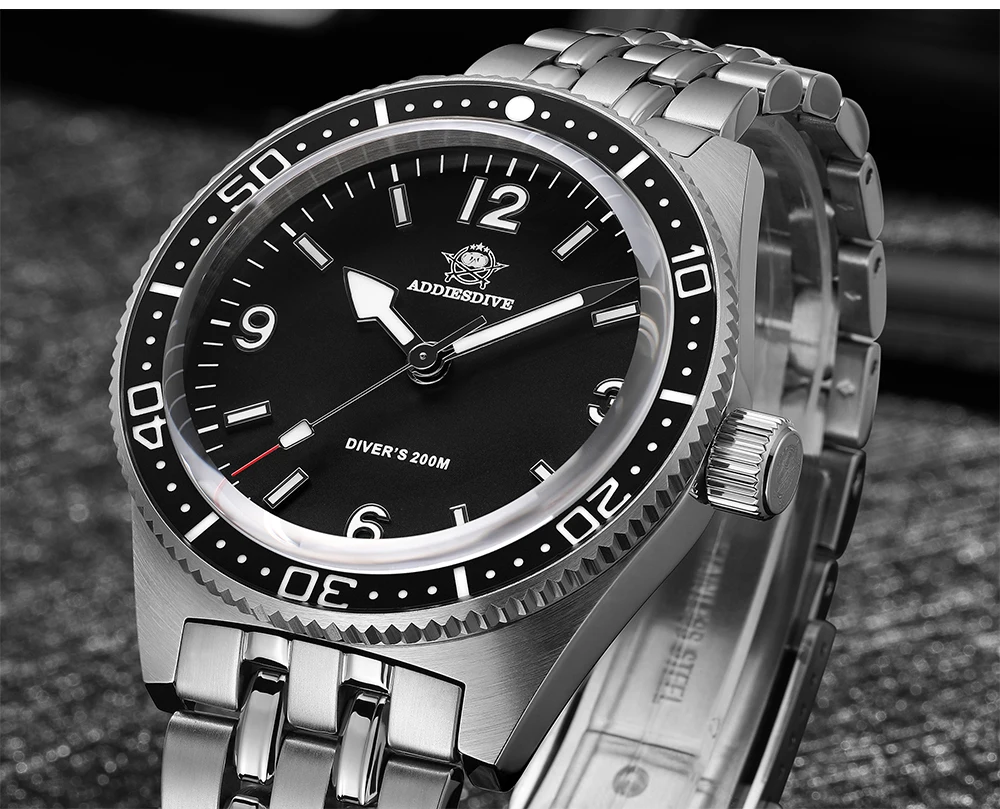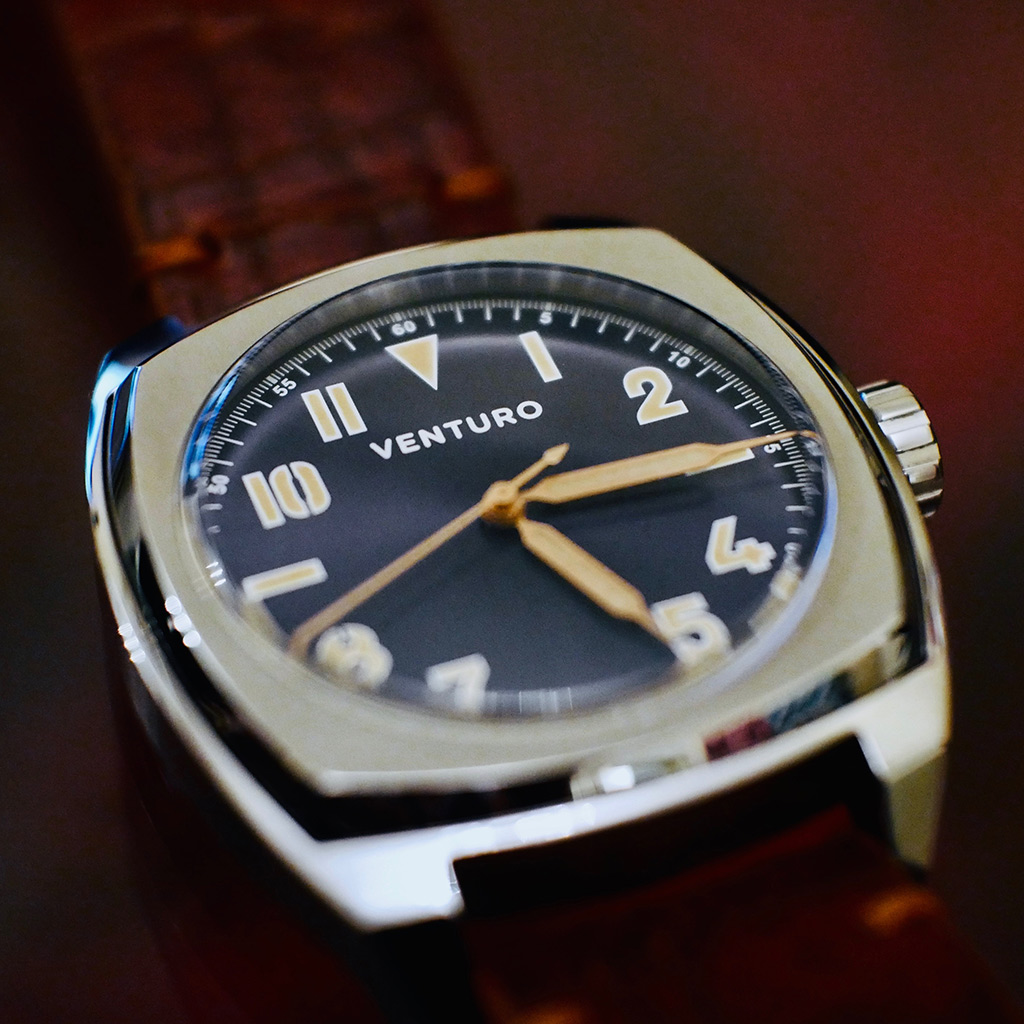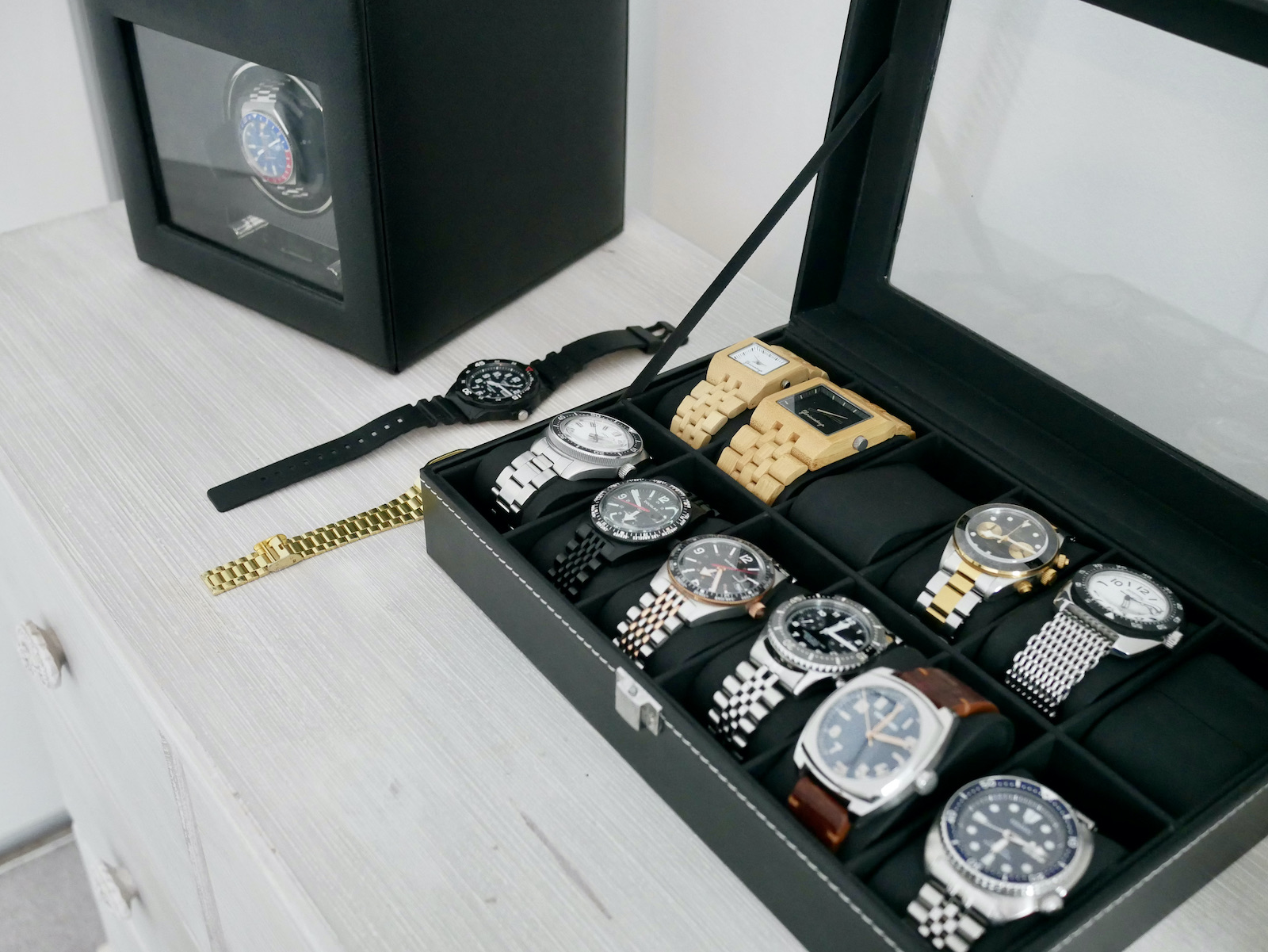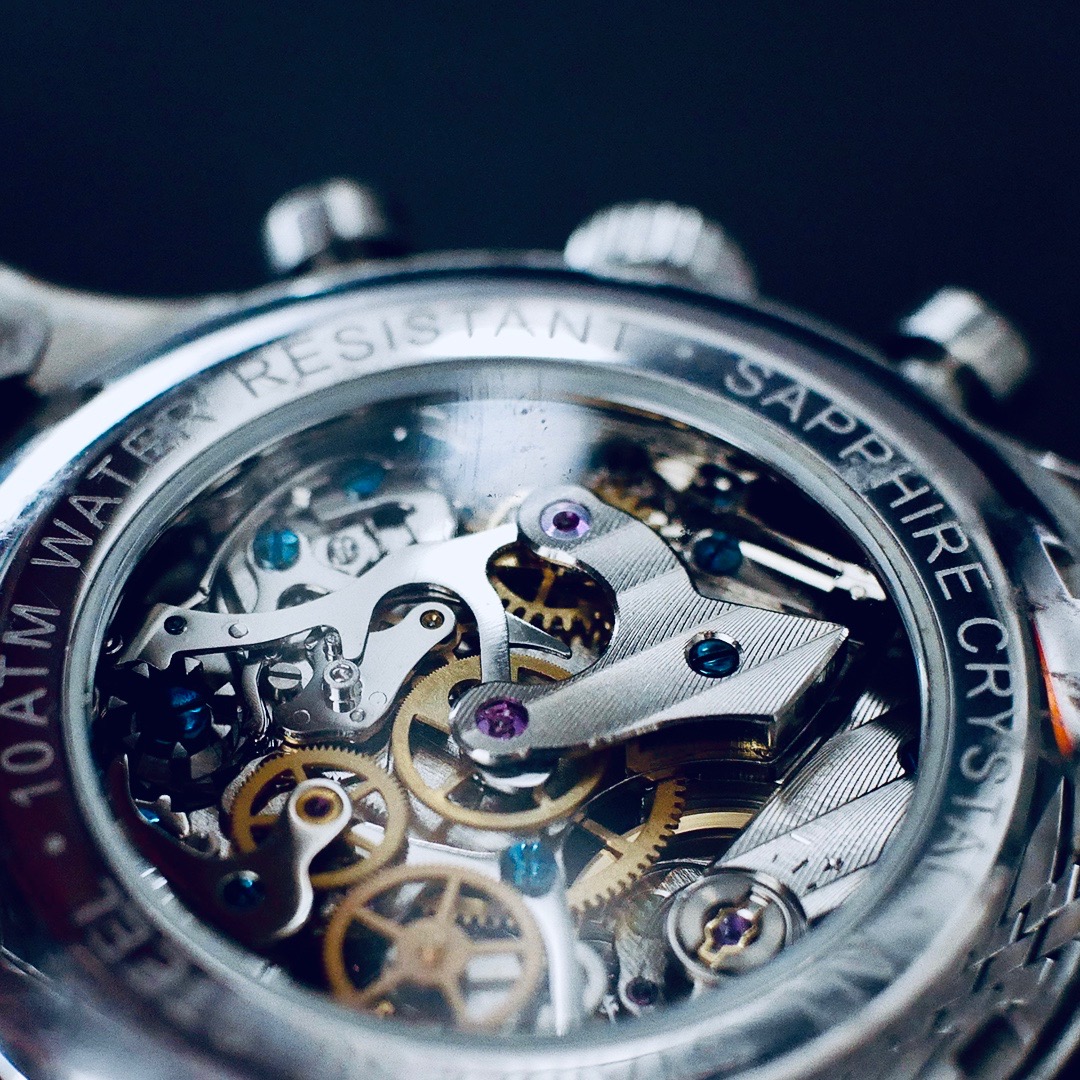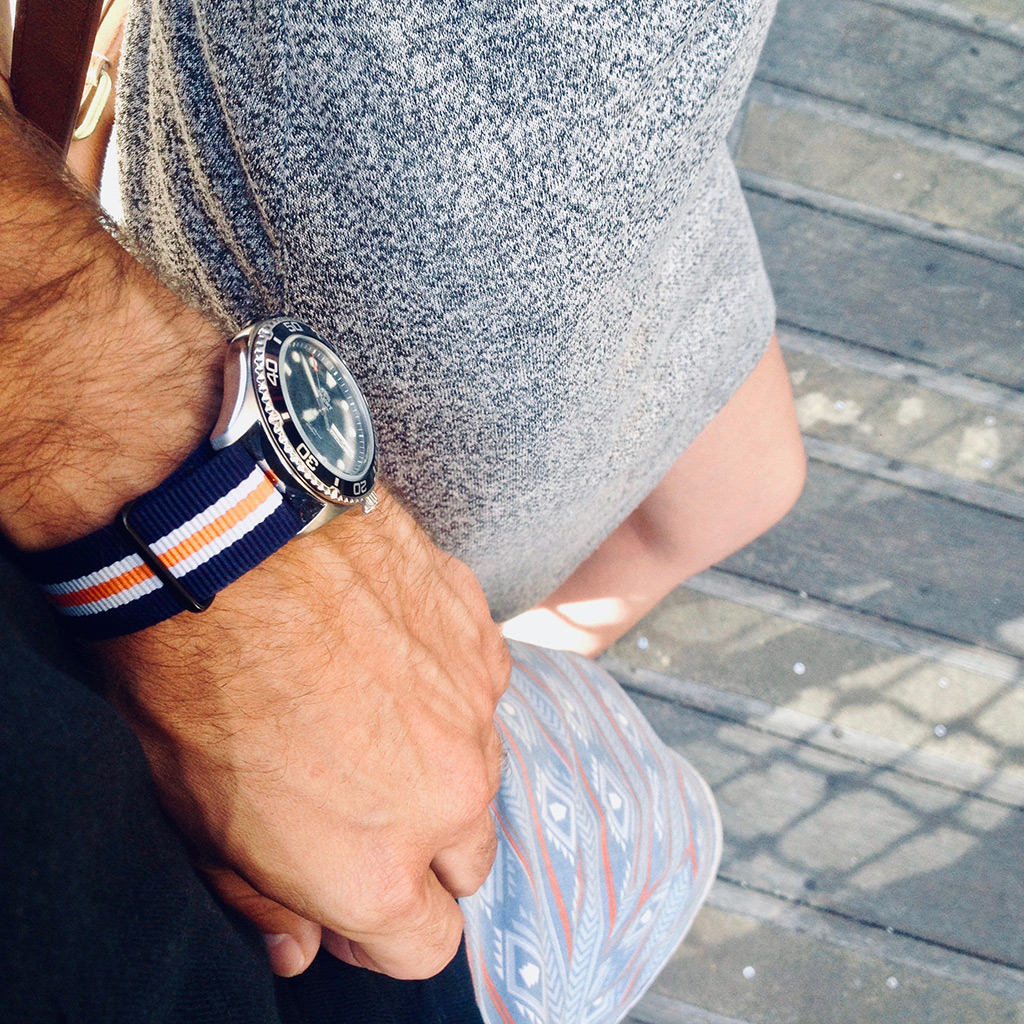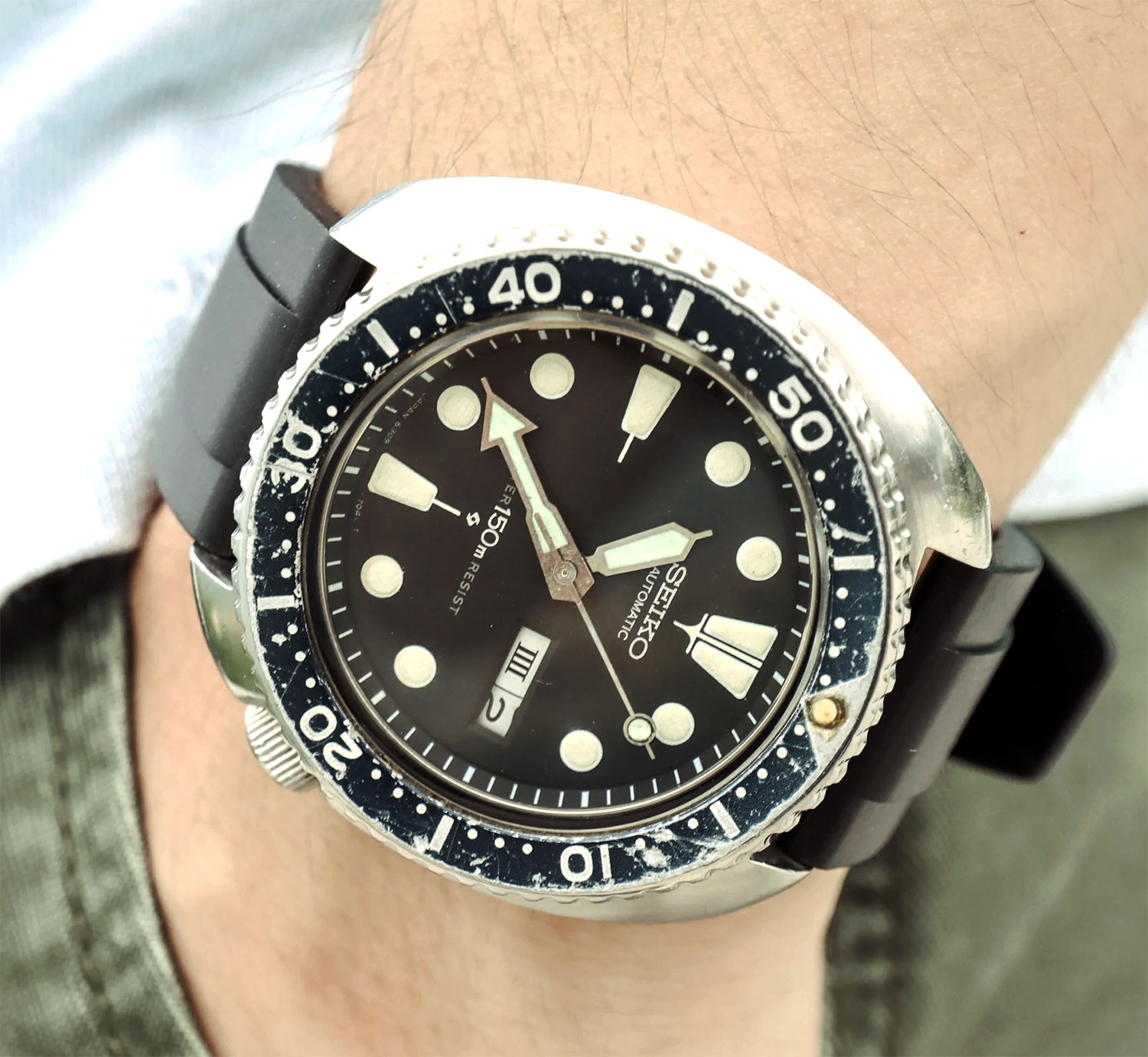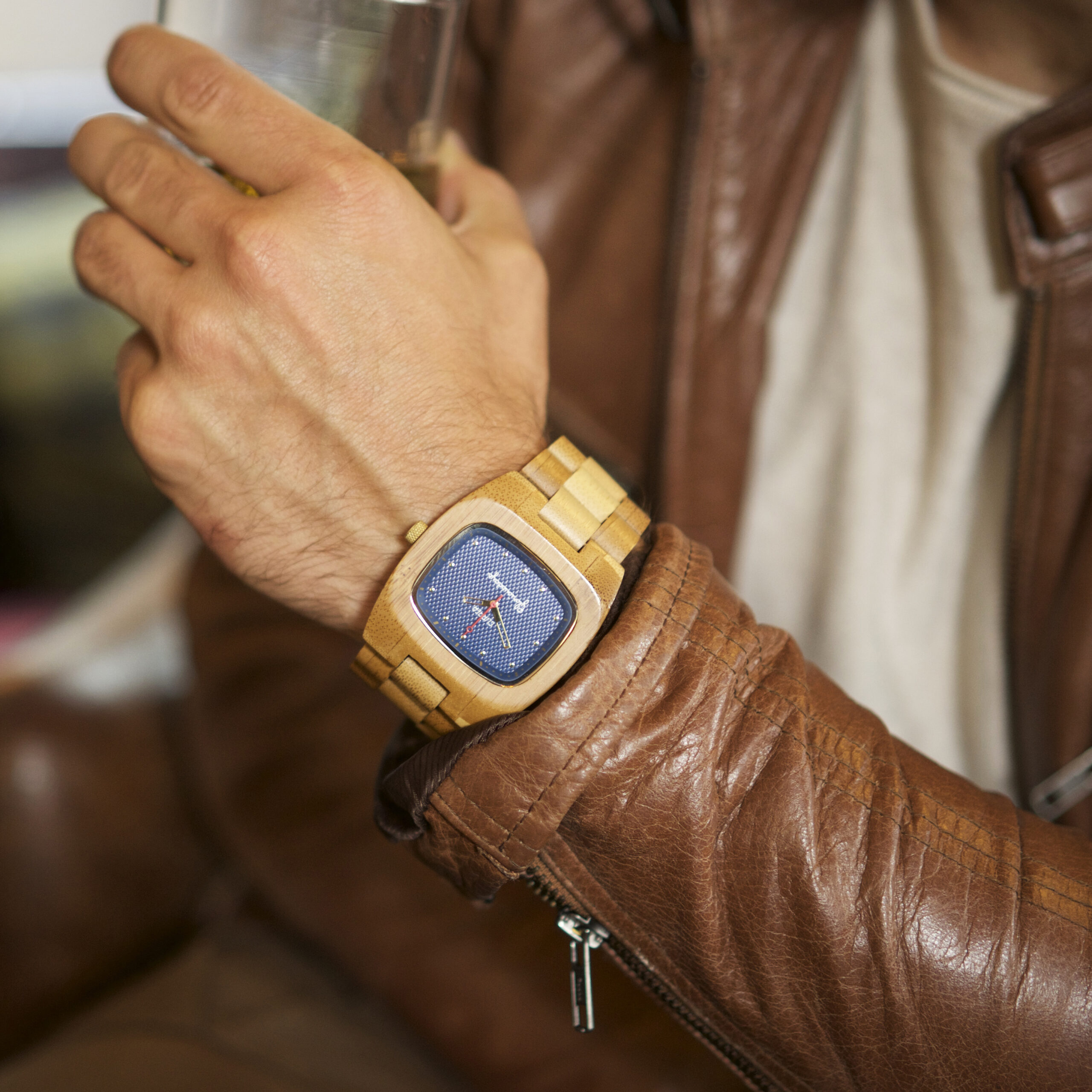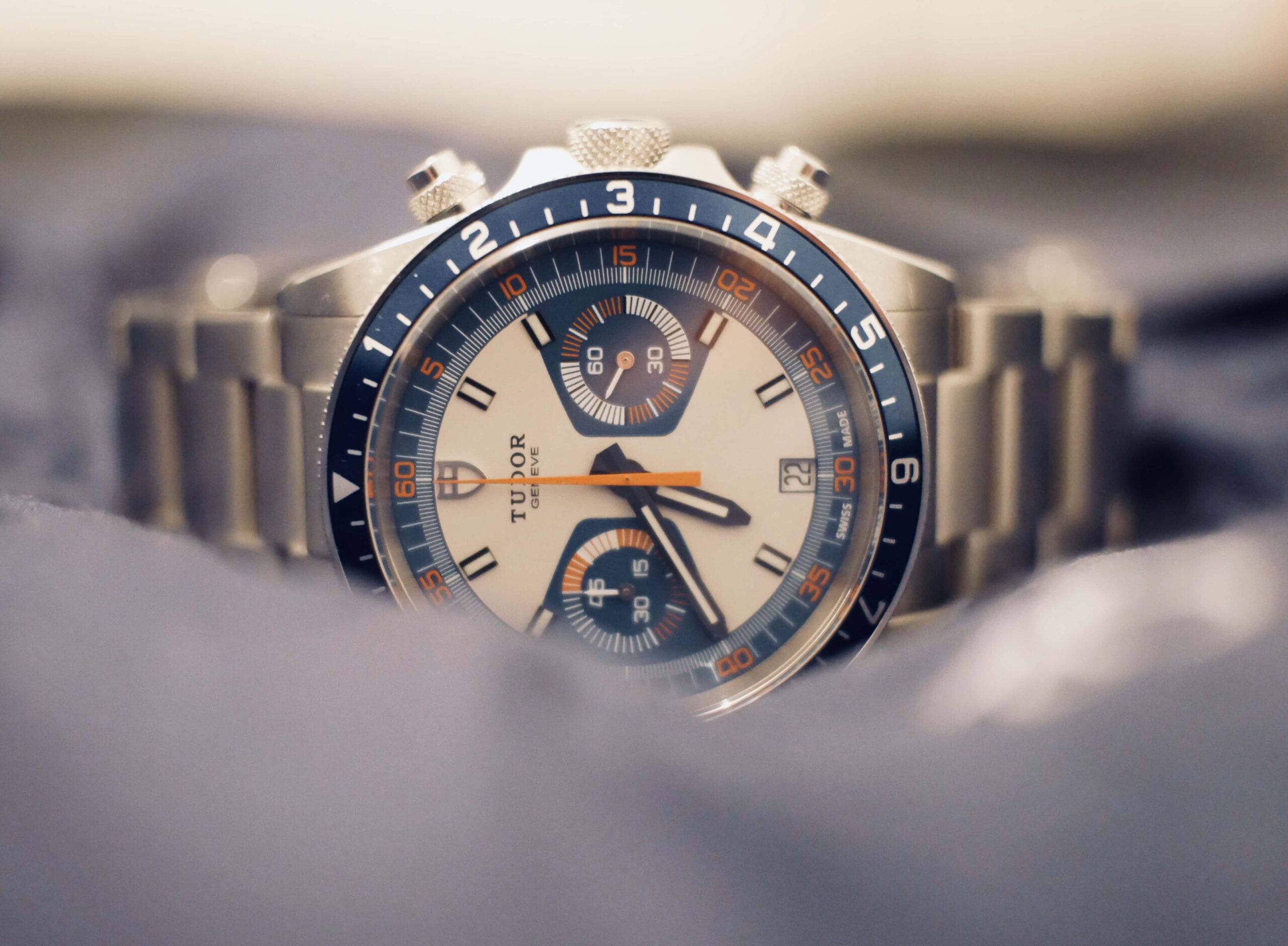
Last year marked the 10-year anniversary of an icon no-one seems to be talking about anymore. And so, maybe it didn’t come as a surprise that the 10-year anniversary coincided with the announcement of Tudor retiring one of their models that once helped to reignite excitement in the Rolex’s dying sister brand. The job was done, and it had worked. But ten years down the line, trends and expectations of the brand have moved on: what felt spot on in 2013 would now face the risk of being an ugly duckling, not quite fitting in with the rest of Tudor’s line-up, but without the potential of turning into a swan.
So the watch was removed from production and will never be produced again. And as much as I adore this watch I do think it was the right decision. And it’s not the end. Because just as with our dearest characters in popular TV dramas that can die just to make a come-back seasons later, so have consumer brands a way of creating demand in their products by discontinuing legendary products only to bring them back in new, fresh packaging. Or shall we say recycled vintage packaging? One only has to glance at the automotive industry to see what’s going on. Look at the new Defender, the new Land Cruiser, the new Bronco. Or the Mini and Fiat 500 before that. And then look at the new releases from any Swiss watch brand from the last ten years. It’s all reissues from their back catalogue. Ok, maybe not all, but at least 50%.
Guess which watch was at the forefront of that trend?

Tudor Heritage Chrono
When you make a reissue of a 1972 chronograph you know you’re going to get polarising reactions. The 60s and 70s gave birth to some of the most interesting watch designs we’ve ever seen. Sometimes designs were a result of innovative necessity: a solution to a very real problem, as with the Omega Ploprof, designed to allow saturation divers to tell time at 1200 m depth. But often it wasn’t function before form: style meant everything, and both the 60s and 70s had heaps of it. Classics like the Heuer Monaco, Zenith El Primero and Seiko’s 6139 ‘Pogue’ all came out of the 70s or late 60s. What’s interesting is that these are all chronographs. If the 50s into the 60s was the era of dive watches galore, the batten must’ve undoubtedly be handed over to watches for motorsport and racing as the 70s was rolling in. And what do you need for tracking lap time? A chronograph complication.



Tudor’s original 1972 chrono, lovingly referred to as ‘Monte Carlo’ because of its resemblance to a roulette wheel fits right into the 70s ethos with its stark use of blue and orange. This is a watch that wants to be seen. Tudor was always seen as Rolex’s kid brother, or ‘poor man’s Rolex’. But with the Monte Carlo Tudor showed that it had an identity of its own, and quite fittingly this was then the model that was chosen to be reissued and announced at the 2010 Basel World, initially in black or grey. It would take another three years before the iconic blue version was released – the same year Tudor was reintroduced to the American market after a long hiatus. Tudor’s success since then can’t single handedly be given to the Heritage Chrono. In recent years it’s obvious that the dive-oriented Black Bay is the real star of the show, and Tudor has also done smart choices with their brand advocates in order to appeal to a younger audience. But the Monte Carlo is still the watch that grabbed me in 2013 and never let go, and given the praise this watch has received all around the watch community it’s easy to assume I’m not alone in having this sentiment.
Living with the ‘Monte Carlo’
Let’s just get a few niggles out of the way. This watch is not perfect. It’s a reissue but it’s not an exact copy. As such, Tudor decided to make some contemporary design decisions that ten years later are starting to feel questionable. Such as painting the Tudor emblem on the crown blue. Or using knurling for the bezel, crown and pushers, which gives off a utilitarian vibe that doesn’t quite match the otherwise so fun and playful design. The date window at six a clock is too small and barely legible, and the small sizing problem is again noticeable when you try and unscrew the pushers to use the chronograph. There are some sharp edges to the case and bracelet, which work well with the overall aesthetics but your wrist suffers from it from time to time.
And then there’s the size. At 42 mm width and a 50 mm lug-to-lug length, the Heritage Chrono had perfect dimensions in 2013 when large watches was all the rage. But preferences change, and in 2024 it’s more common to see releases around 39mm. It makes a big difference in wearability and comfort. The lume is far from great and reading the minute track on the chronograph sub-dial makes me wish I still had the eyesight of my youth (yes, I do use the chronograph daily – mainly for timing my coffee brew time and rest time between gym sets).


That might be a long list of nitpicking, because in the end I still love this watch. It’s not daily wear for me due to the reasons I mentioned, but it’s a watch I wear on a city break, on a night out or matched with smart casual outfit. There’s more to the Heritage Chrono than meets the eye: I love that despite being a reissue it has a story of its own, and helped Tudor regain its position in the US and the rest of the world. I love that it’s a bit left field and that I’ve never seen anyone wearing it, and that makes me stand out from the Submariners, the Seamasters and the Speedys. I love that it reminds me to live life now and not wait for ‘the right moment’ that may never come.
The Heritage Chrono is discontinued and production has stopped. But it’s not the end. The Monte Carlo will appear again when the world is ready for it, and I will keep wearing and loving mine until then.


